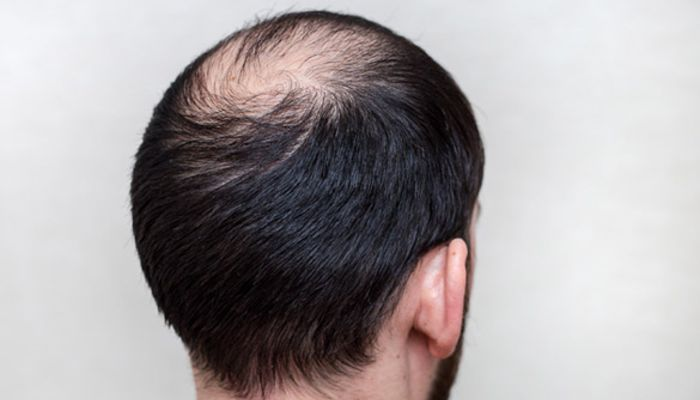
Crown hair loss, commonly referred to as vertex balding, is one of the most noticeable signs of male or female pattern baldness. This condition often starts subtly, with thinning at the crown, eventually leading to a visible patch of hair loss. Crown hair transplant procedures are a popular solution to restore fullness in this specific area, offering a permanent remedy for those struggling with thinning or baldness at the crown.
What Is a Crown Hair Transplant?
A crown hair transplant in Dubai(زراعة منطقة التاج بالشعر في دبي) is a surgical procedure that involves moving healthy hair follicles from a donor area (usually the back or sides of the scalp) to the balding or thinning crown. This technique ensures that the transplanted hair grows naturally, blending seamlessly with the surrounding areas. The crown area, due to its circular growth pattern, requires meticulous placement of follicles to mimic the natural hair direction.
How Does It Work?
Crown hair transplants utilize advanced methods such as Follicular Unit Transplantation (FUT) or Follicular Unit Extraction (FUE):
FUT: Involves removing a strip of skin with healthy hair follicles and then transplanting them to the crown.
FUE: Involves extracting individual hair follicles and implanting them into the crown.
Each technique has its advantages, and the choice depends on factors such as the extent of baldness and individual preferences.
Factors That Make the Crown Unique
The crown's intricate growth pattern, often referred to as a "whorl," makes it a challenging area for hair restoration. Proper angling and density matching are critical for a natural appearance. The crown also requires a larger number of grafts compared to other areas, as it is typically one of the most stubborn regions to experience hair loss.
Benefits of Crown Hair Transplants
A crown hair transplant offers a range of benefits:
Natural Appearance: The use of advanced techniques ensures the transplanted hair looks indistinguishable from natural hair.
Permanent Results: The hair transplanted to the crown is resistant to the hormone responsible for hair loss, ensuring lasting growth.
Boosted Confidence: Restoring the crown area enhances self-esteem and improves the overall aesthetic of the hairline.
Minimal Maintenance: Once healed, the transplanted hair requires no special care beyond normal hair routines.
Recovery and Aftercare
Post-procedure recovery for crown transplants involves minimal downtime. Patients are typically advised to avoid strenuous activities, direct sunlight, and excessive hair washing for the first few weeks. Small scabs around the transplanted follicles will form and shed naturally within 7–10 days. Full results become visible within 12–18 months, as the transplanted hair grows and blends with existing strands.
Is a Crown Hair Transplant Right for You?
A crown hair transplant is suitable for individuals experiencing advanced hair thinning or baldness specifically in the crown area. Factors such as age, overall health, hair density in the donor area, and the severity of hair loss play a significant role in determining eligibility. Consulting with a qualified professional ensures a tailored approach to address your specific needs.
Risks and Challenges
While crown hair transplants are generally safe, there are some potential risks and challenges, such as:
Temporary Shedding: Known as "shock loss," this is a normal reaction where transplanted and nearby hairs may shed before regrowing.
Scarring: FUT may leave a linear scar, while FUE minimizes visible scarring.
Uneven Growth: Due to the crown’s unique whorl pattern, achieving perfect symmetry may require precision and experience.
How Crown Transplants Differ from Other Procedures
Unlike hair transplants for the hairline or frontal areas, crown procedures demand a higher number of grafts and greater precision. The circular hair whorl requires expert understanding of the natural direction and flow of hair, making it a more intricate process.
Crown hair transplants also address a unique aesthetic concern. While the hairline frames the face, the crown contributes significantly to the overall volume and appearance of a full head of hair.
Long-Term Expectations:
The success of a crown hair transplant depends on proper aftercare and realistic expectations. Transplanted hair will grow naturally, with the final results appearing over a gradual period. Maintenance of existing hair, alongside the transplant, ensures a balanced and aesthetically pleasing outcome.
By addressing both the technical and personal aspects of the procedure, crown hair transplants stand out as a transformative option for individuals seeking long-lasting solutions for vertex balding.













